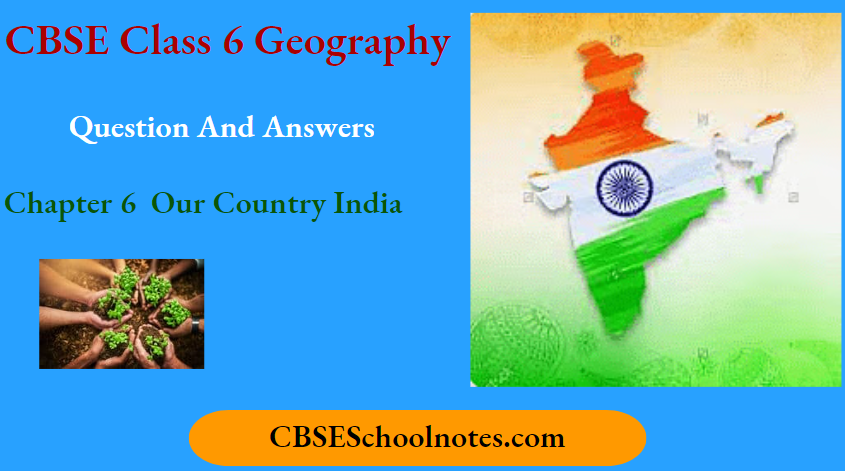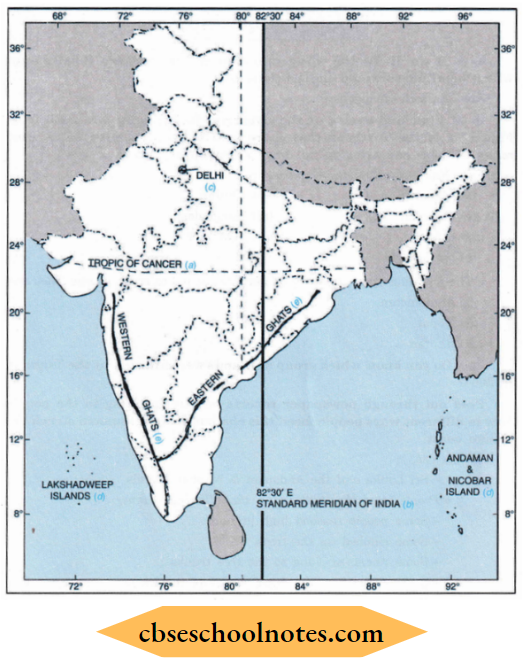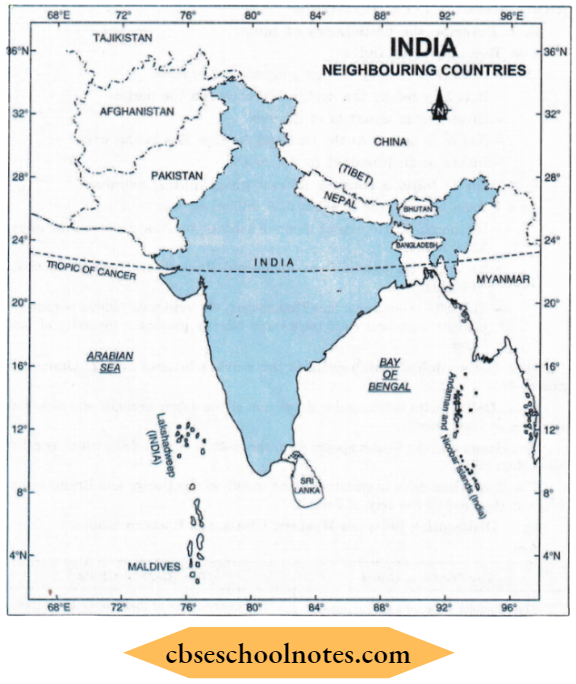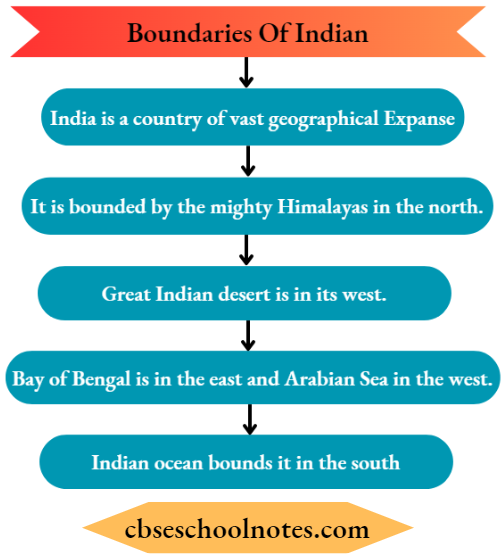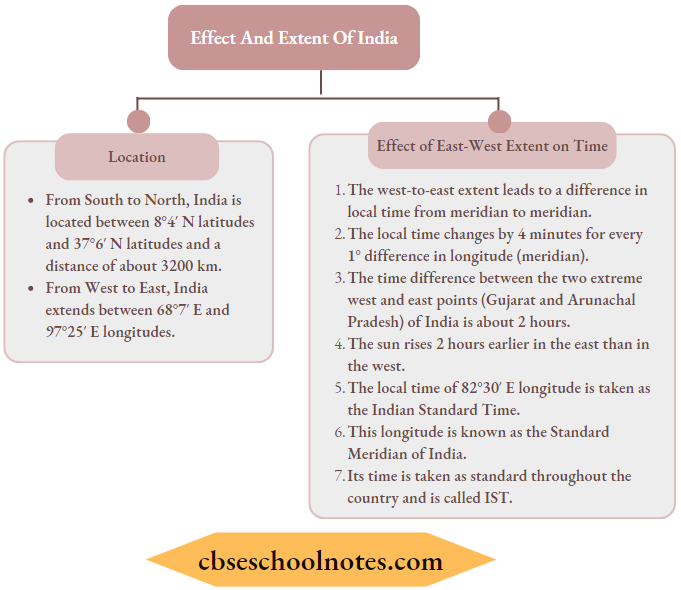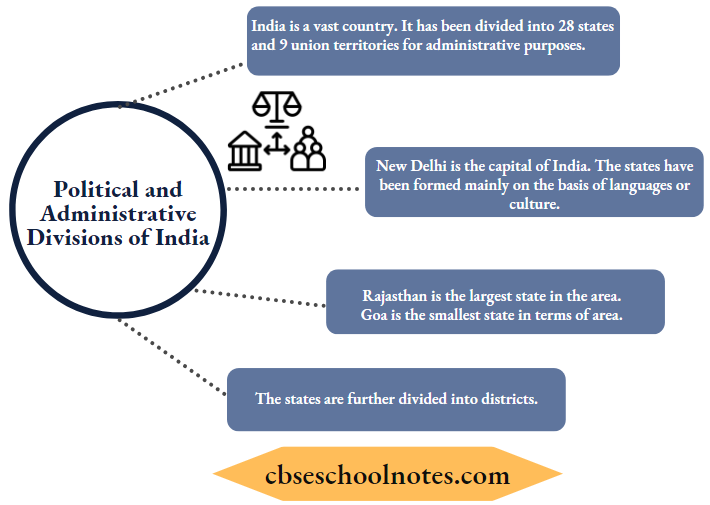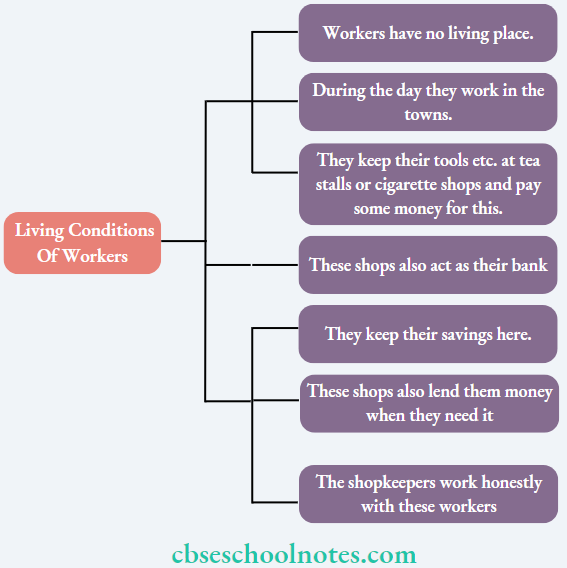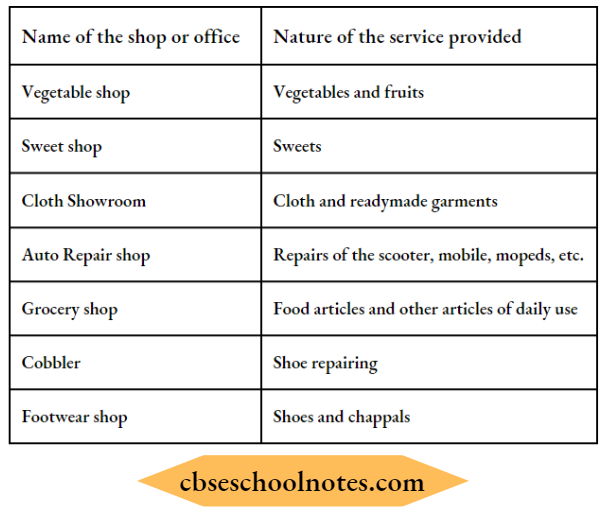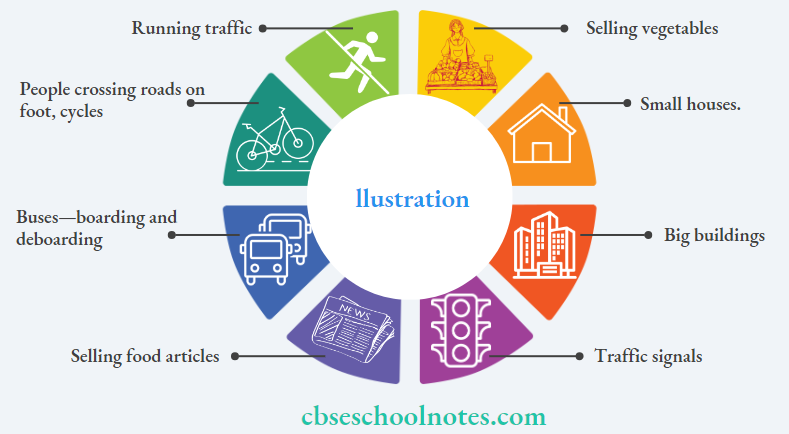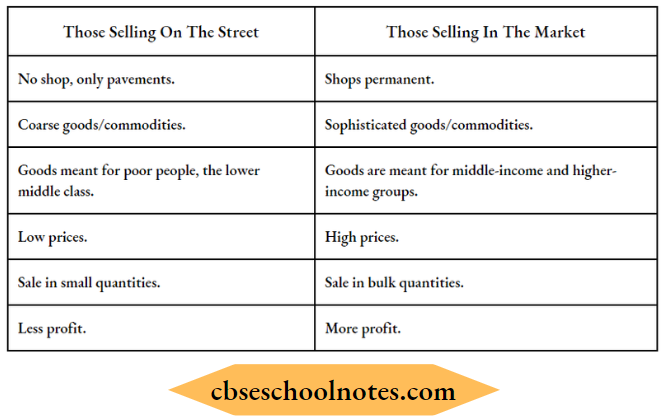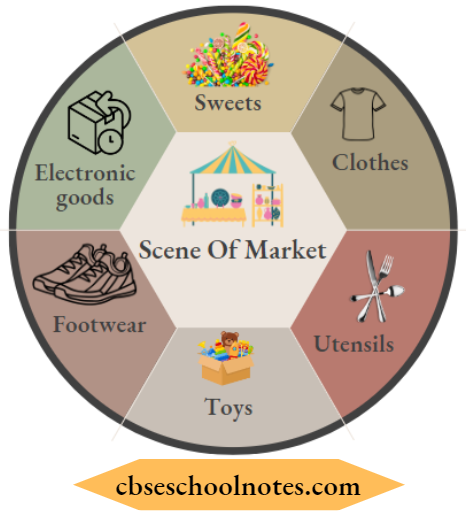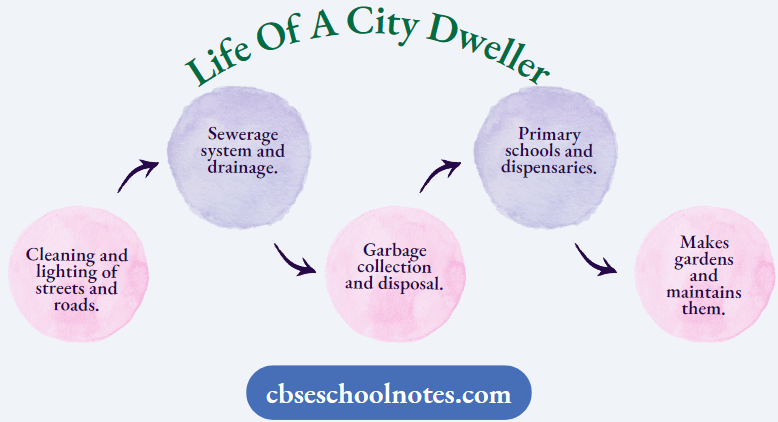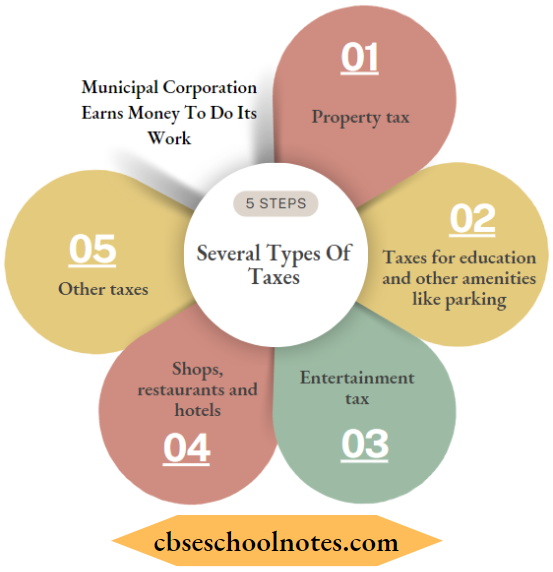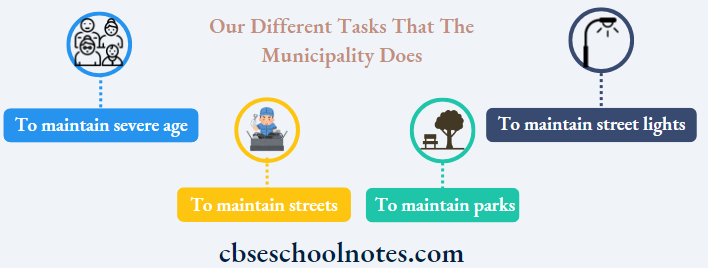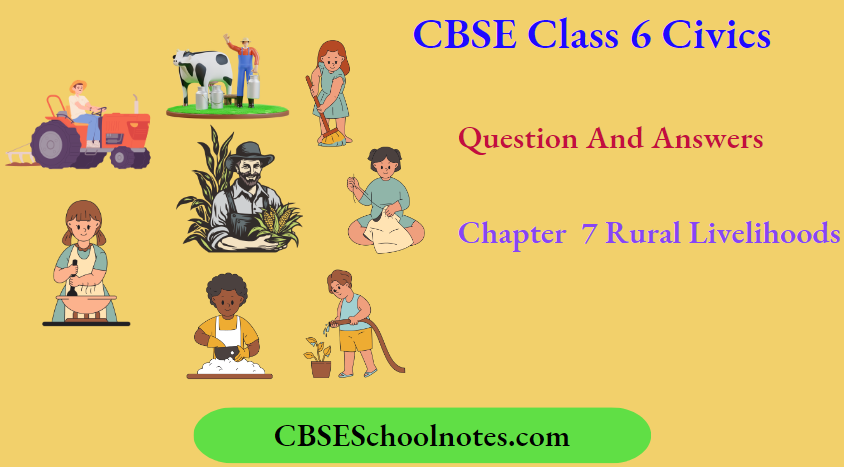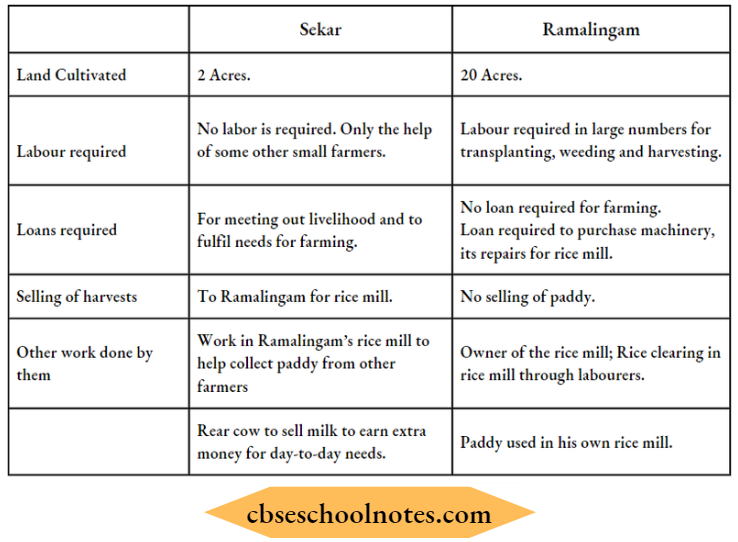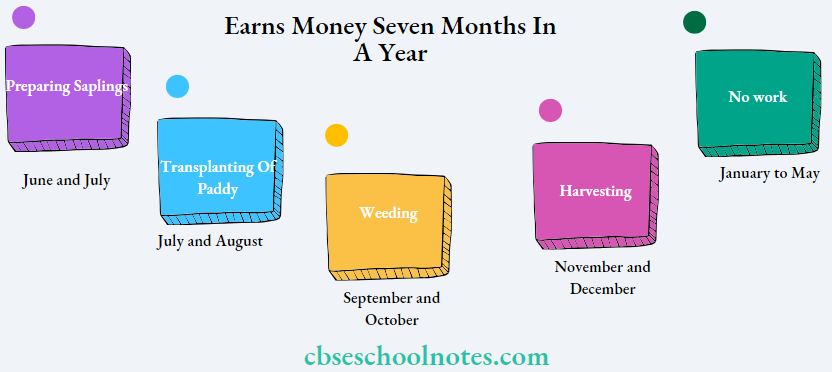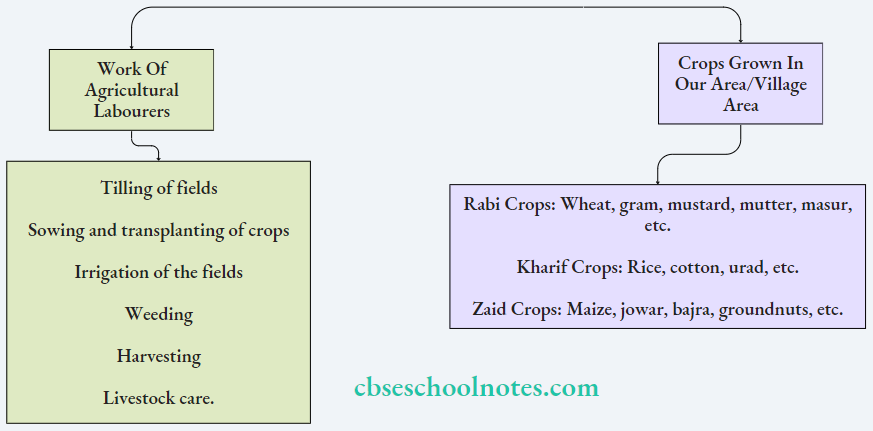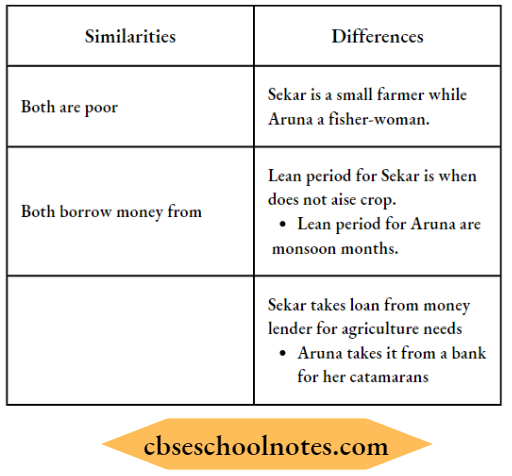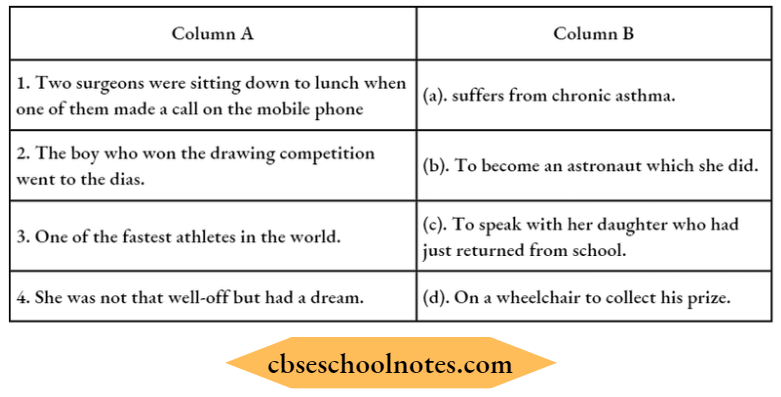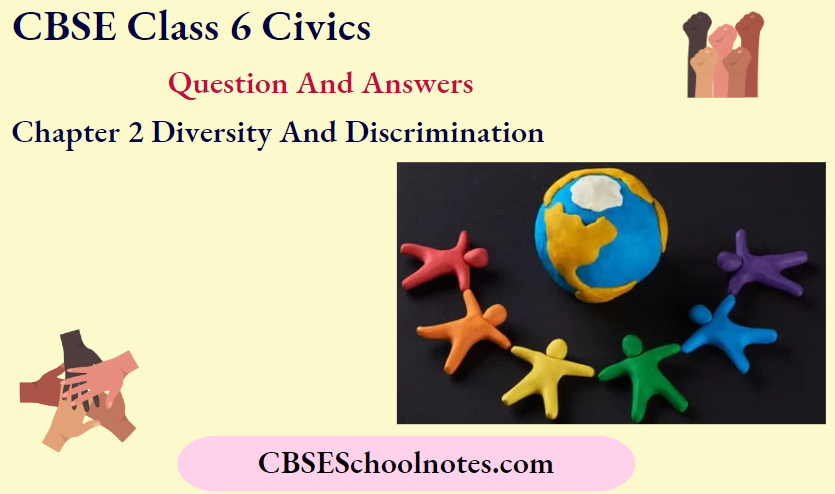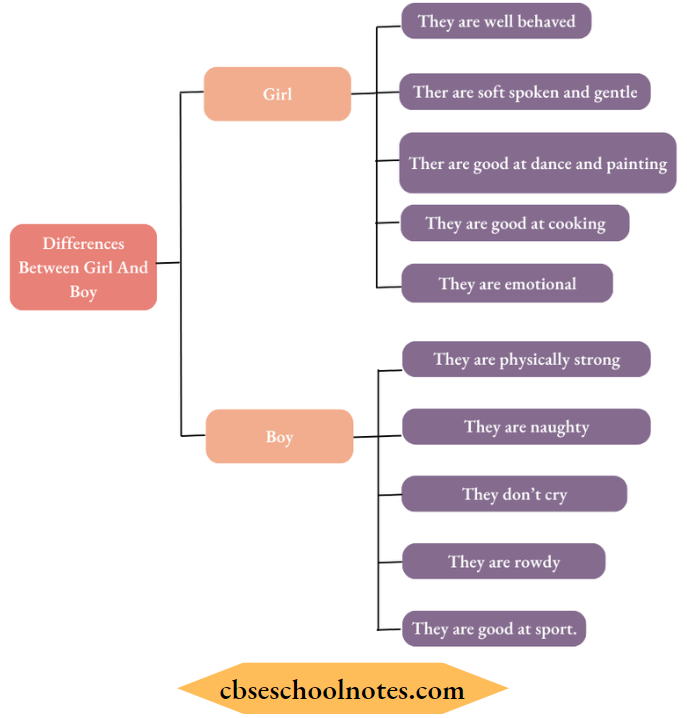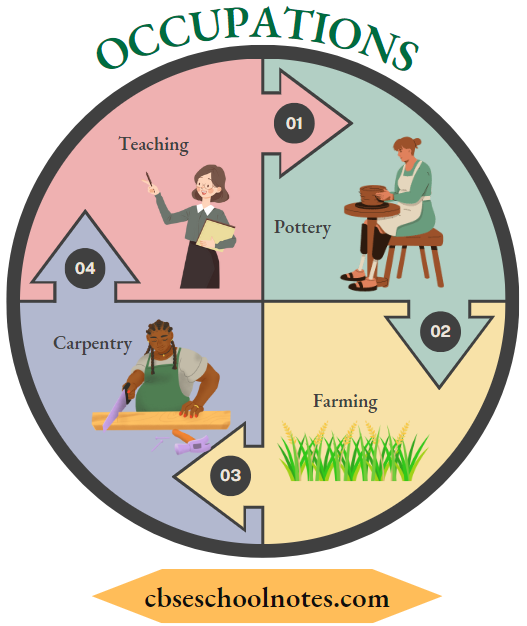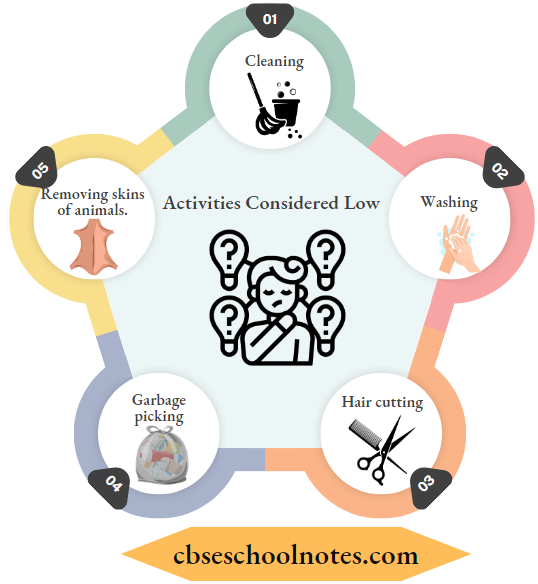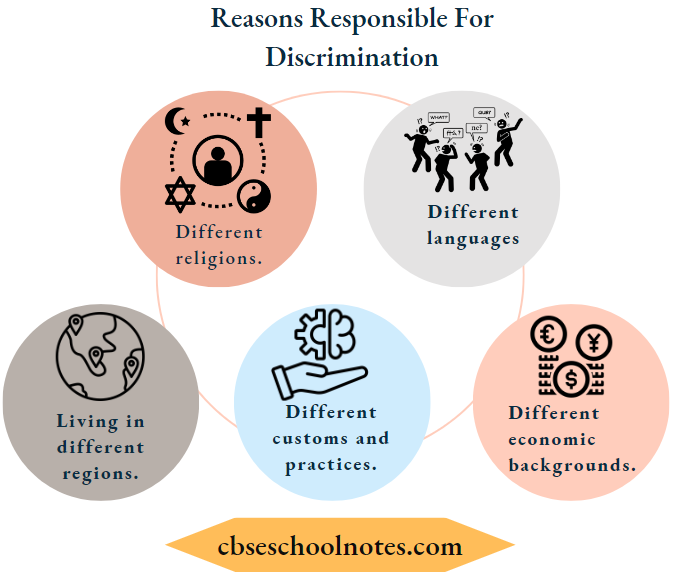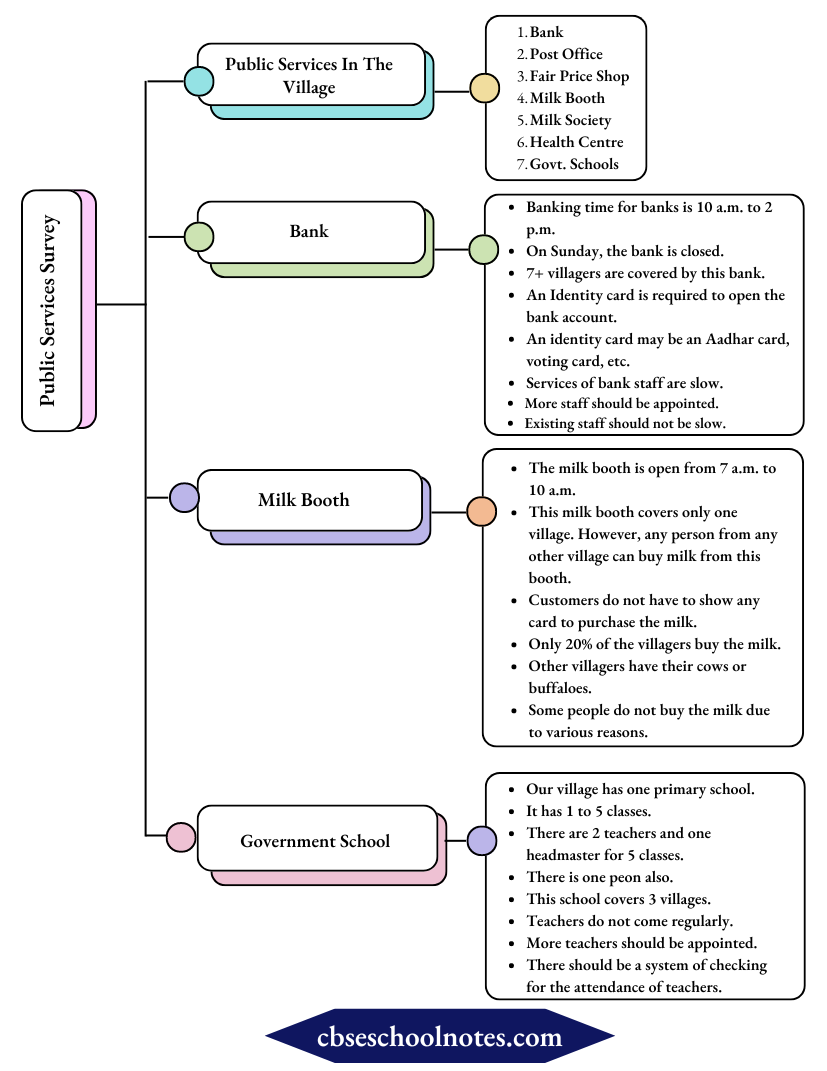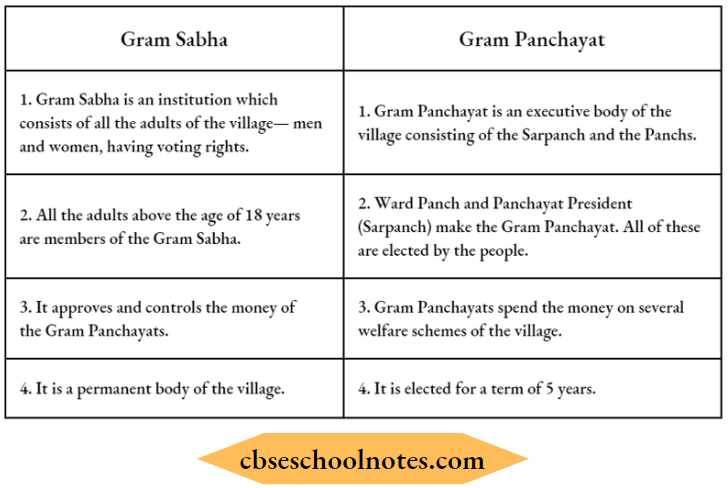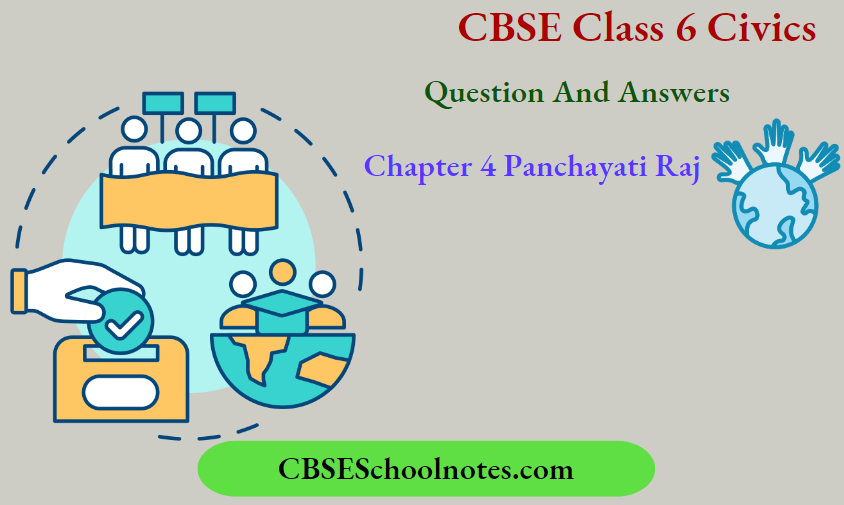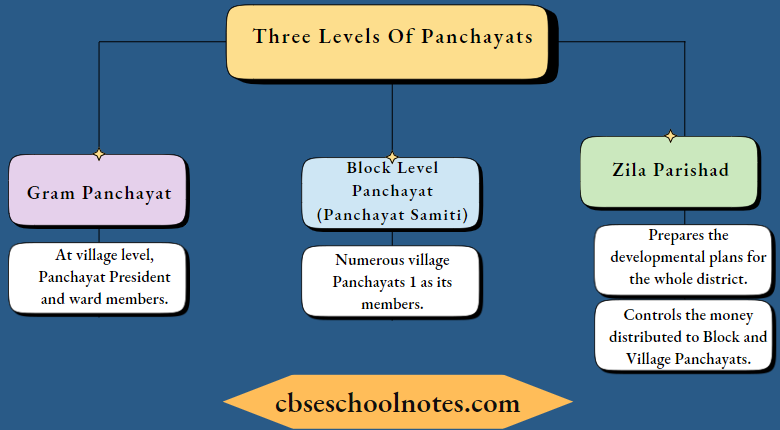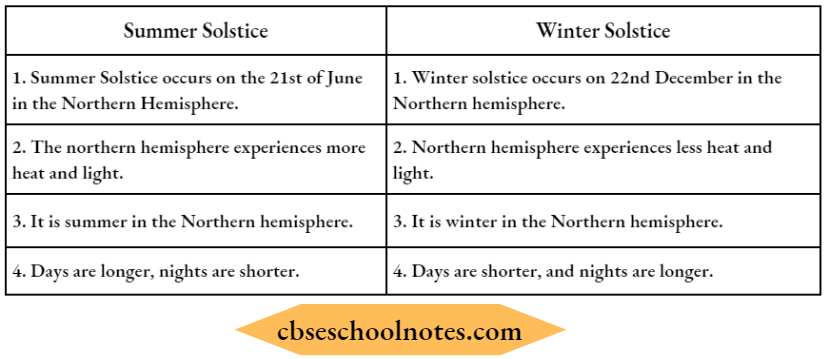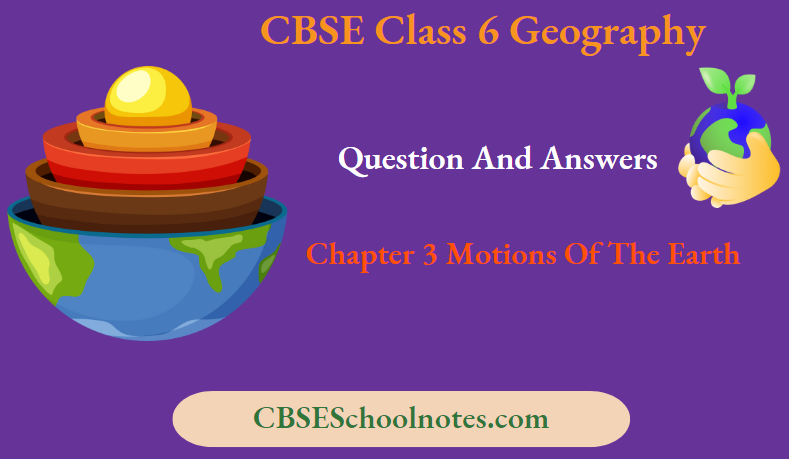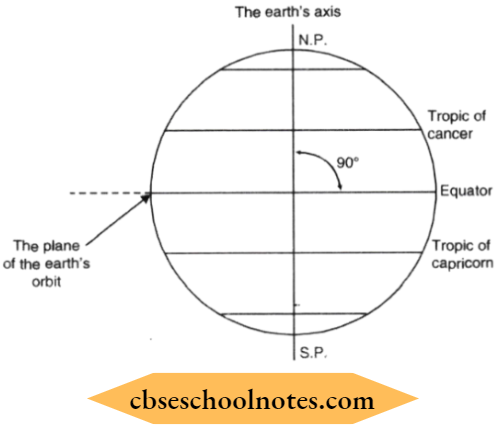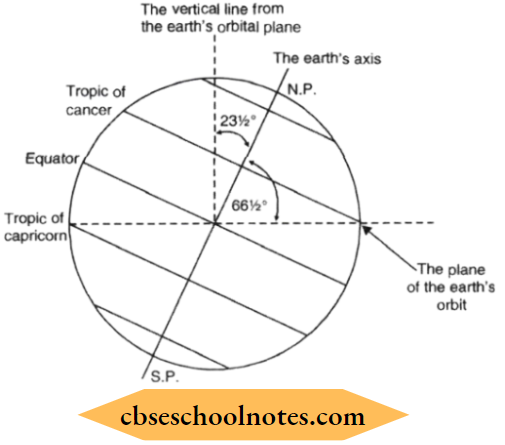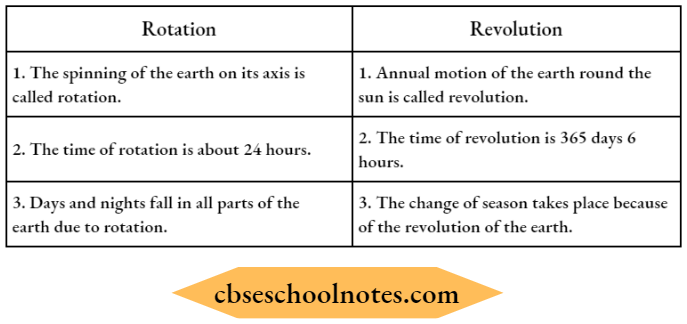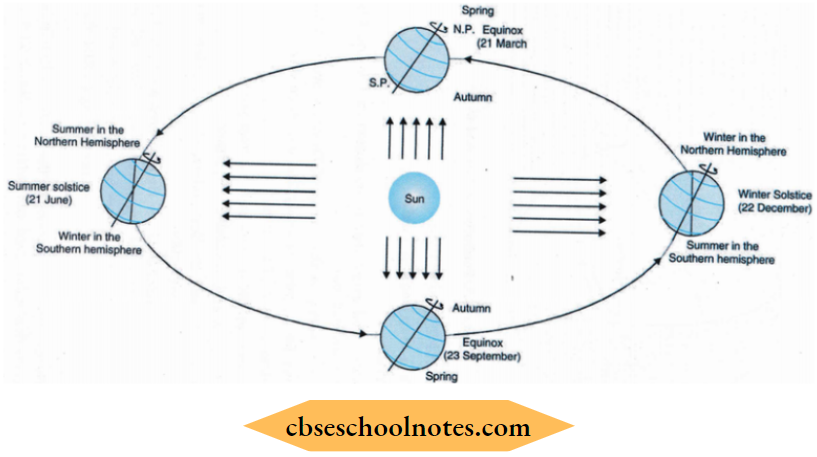Major Domains Of The Earth Exercises
Question 1. Answer the following questions briefly.
- What are the four major domains of the earth?
- Name the major continents of the earth.
- Name the two continents that lie entirely in the Southern Hemisphere.
- Name the different layers of the atmosphere.
- Why is the earth called the ‘blue planet’?
- Why is the Northern Hemisphere called the Land Hemisphere?
- Why is the Biosphere important for living organisms?
Read and Learn More CBSE Solutions For Class 6 Social Science
Answer:
- Major Domains of the Earth
- Lithosphere
- Atmosphere
- Hydrosphere
- Biosphere
- Major continents of the Earth
- Asia
- Europe
- Africa
- North America
- South America
- Australia
- Antarctica
- Two continents lying entirely in the Southern hemisphere are:
- Australia and
- Antarctica
- Layers of the Atmosphere
- Troposphere
- Stratosphere
- Mesosphere
- Thermosphere
- Exosphere
- The earth is called the blue planet because,
- It is the only planet, known so far, which has water,
- It looks blue from the sky because 71 per cent of the earth is covered with water.
- The Northern Hemisphere is called the Land Hemisphere because of the following reasons:
- A greater part of the landmass lies in the Northern Hemisphere.
- The water body area is smaller in this Hemisphere.
- Importance of Biosphere
- The biosphere sustains all life forms as it is a necessary element for life.
Question 2. Match the correct answers.
(1). The mountain range that separates Europe from Asia is
- The Andes
- The Himalayas
- The Urals
Answer: 3. The Urals
(2). The continent of North America is linked to South America by
- An isthmus
- A strait
- A canal
Answer: 1. An isthmus
(3). The major constituent of the atmosphere by per cent is
- Nitrogen
- Oxygen
- Carbon dioxide
Answer: 1. Nitrogen
(4). The domain of the earth consisting of solid rocks is
- The Atmosphere
- The Hydrosphere
- The Lithosphere
Answer: 3. The Lithosphere
(5). Which is the largest continent?
- Africa
- Asia
- Australia
Answer: 2. Asia
Question 3. Fill in the blanks.
(1). The deepest point on the earth is __________ in the Pacific Ocean.
Answer: Mariana Trench
(2). The _______ Ocean is named after a country.
Answer: Indian
(3). The _________ is a narrow contact zone of land, water and air that supports life.
Answer: Biosphere
(4). The continents of Europe and Asia together are known as _________.
Answer: Eurasia
(5). The highest mountain peak on the earth is __________.
Answer: Mt. Everest.
Question 4. In the outline map of the world, mark the following: Europe, Asia, Antarctica, South America, Australia, the Indian Ocean, the Pacific Ocean, the Atlantic Ocean, the Ural Mountains and the Isthmus of Panama.
Answer:

Question 5. In the Greek language ‘Lithos’ means Stone;
- ‘Atmos’ means Vapour;
- ‘Hudor’ means Water;
- and ‘Bios’ means Life.
Can you make words using the above?
Answer:
- Lithosphere
- Hydrosphere
- Atmosphere
- Biosphere.
Question 6. Count the squares given below and answer the following:
- Name the largest continent.
- Which is larger—Europe or Australia?
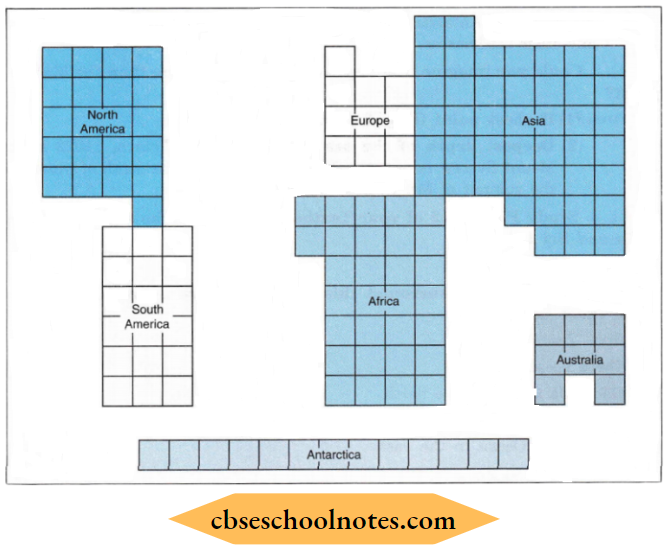
Answer:
- Largest: Asia
- Larger: Europe.
Different continents according to their size:
- Asia
- Africa
- North America
- South America
- Antarctica
- Europe
- Australia
Question 7. Look at the map of the world. Are all the landmasses connected?
Answer:
No, only the following landmasses connect each other:
- Europe, Asia and Africa are connected.
- North America and South America are connected.
- Australia and Antarctica are not connected either with each other or with any other landmasses.
Question 8. Could you imagine that the depth of the sea is much more than the highest point?
Answer:
- Highest point (Height) – Mount Everest, 8848 m.
- The deepest depth of the sea (depth): Mariana Trench, 11022 m. If Mount Everest is put into the Mariana Trench the depth of water on the summit of Mt. Everest will be 2174 m.
Question 9. Three oceans surround this continent (North America). Can you name these oceans?
Answer:
Yes.
These oceans are:
- The Arctic Ocean is in the north.
- Pacific Ocean in the west.
- Atlantic Ocean in the east.
Major Domains Of The Earth Very Short Type Questions And Answers
Question 1. Which are the three movements of the ocean water?
Answer:
The ocean waters are always moving. The three chief movements of ocean water are:
- Waves
- Tides and
- Currents
Question 2. What is the function of carbon dioxide?
Answer:
C02 absorbs the heat radiated by the earth and keeps the planet warm. It is essential for plant life, but excess of C02 leads to global warming.
Question 3. Which is the world’s hottest desert?
Answer:
Sahara desert in Africa.
Question 4. Which oceans surround North America?
Answer:
The Pacific, the Atlantic and the Arctic.
Question 5. Name the research station of India in Antarctica.
Answer:
Maitri and Dakshin Gangotri
Question 6. What leads to soil erosion?
Answer:
Cutting forests for wood and clearing land for tilling leads to soil erosion.

Major Domains Of The Earth Short Type Questions And Answers
Question 1. Why is the surface of the earth complex interface?
Answer:
The surface of the earth is a complex interface, because three main components of the environment meet, overlap and interact on it.
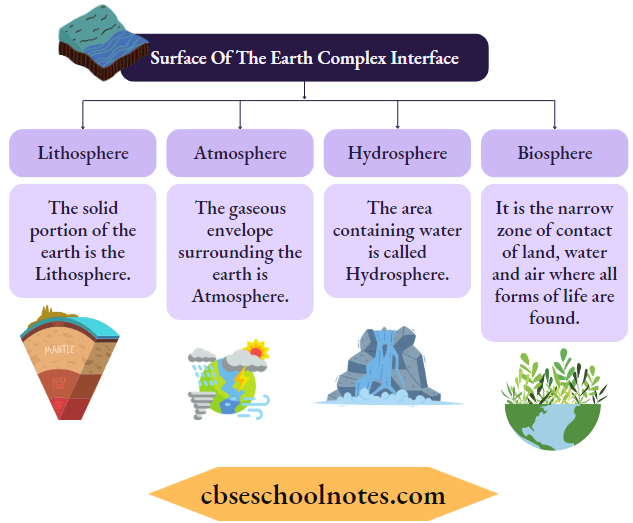
Question 2. Define atmosphere. What is its importance to us?
Answer:
- The earth is surrounded by an envelope of air.
- The atmosphere is called the atmosphere.
- This thin blanket of air is an integral and the most important aspect of the planet. It is very important to us. It enables us to breathe and protects us from the harmful effects of the sun’s rays.
Question 3. Explain the Composition of the Atmosphere.
Answer:
Composition of the Atmosphere.
- The atmosphere is composed mainly of nitrogen and oxygen. They both make up about 99% of clean, dry air; (Nitrogen 78%; Oxygen 21%).
- Other gases like carbon dioxide; argon and others comprise 1% by volume.
- Oxygen is the breath of life. Nitrogen helps in the growth of living organisms.
- Carbon dioxide is present in the air in very small amounts but is very important.
- The atmosphere absorbs heat radiated by the earth and keeps the surface of the earth warm.
Question 4. Describe the density of the atmosphere.
Answer:
- The density of the atmosphere varies with height.
- The atmosphere is the highest at sea level.
- The atmosphere decreases rapidly with an increase in height.
- Climbers experience problems in breathing due to a decrease in density.
- Temperature also decreases with an increase in height.
Question 5. What is air pressure? How is wind formed?
Answer:
- The atmosphere exerts pressure on the Earth due to the weight in the air.
- Thus air pressure is the weight of the air.
- Pressure varies from place to place.
- The difference in air pressure between the two places makes the air move.
- Moving air is known as wind
Question 6. What is the biosphere? Give its major features.
Answer:
Biosphere. The biosphere is the narrow zone of contact between the land, water and air, comprising all forms of life.
Features:
- The biosphere are several species of organisms in the biosphere. They are divided into plant kingdom and animal kingdom.
- The biosphere varies in size from microbes and bacteria to huge animals.
- All living organisms including humans are linked to each other. These are also linked to the biosphere.
Question 7. What negative impacts on nature are caused by the felling of trees?
Answer:
The felling of trees causes the following negative impacts on nature:
- Soil erosion is increased.
- Loose soil is deposited on river beds. The level of river beds rises. During excessive rains, they are not capable of keeping the water under control. Hence floods are caused.
- The felling of trees also reduces the quantity of oxygen. Hence new problems have grown.
Question 8. Define global warming.
Answer:
- Increased emissions from vehicles and industries pollute the air.
- An increase in the amount of C02 due to human activities has led to an increase in global temperatures.
- This is termed as global warming.
Question 9. Describe Lithosphere.
Answer:
Lithosphere:
- The upper solid portion of the earth is termed as lithosphere. It comprises rocks of the earth’s crust and layers of soil.
- There are two main divisions-continents or large land masses and oceans (huge water bodies).
Major Domains Of The Earth Long Type Questions And Answers
Question 1. Explain the layers of the Atmosphere.
Answer:

The atmosphere extends to a height of about 1,600 kilometres.
- The atmosphere is divided into five layers. These are based on composition, temperature and other properties.
- They are in ascending order from the earth’s surface:
- Troposphere
- Stratosphere
- Mesosphere
- Thermosphere, and
- Exosphere
- The ozone layer crucial to life on Earth is located in the stratosphere.
Question 2. What are the seven continents of the world? Give a brief description of each of them.
Answer:
There are seven major continents, namely:
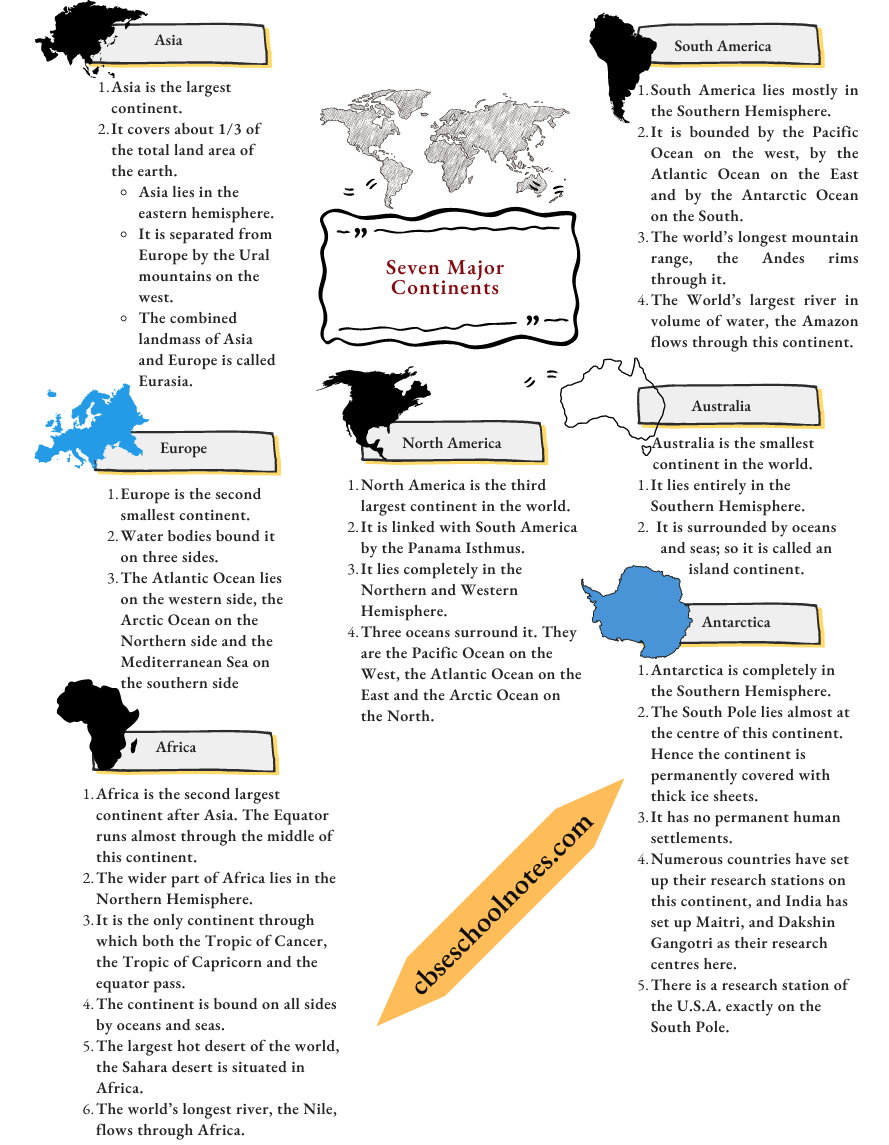
Question 3. Why is the Earth called a blue planet?
Answer:
The earth is called a blue planet because 71% of the earth is covered with water and 29% with land.
- The hydrosphere consists of water in all its forms like the oceans, lakes, ponds, rivers, streams, ice caps and ice sheets.
- Water is also present below the surface of the earth, in the form of underground water. Water is also present in the atmosphere in the form of water vapours.
- 97% of Earth’s water is found in the oceans. A large portion of water is in the form of ice sheets and glaciers.
- All oceans are connected.
Question 4. Describe five major oceans of the world.
Answer:
The five major oceans of the world are:
The Pacific Ocean, the Atlantic Ocean, the Indian Ocean, the Southern Ocean and the Arctic Ocean, in order of their size.

Major Domains Of The Earth Multiple Choice Questions And Answers
Question 1. Which domain of the earth consists of a solid portion?
- The Atmosphere
- The Hydrosphere
- The Lithosphere
- All of these
Answer: 3. The Lithosphere
Question 2. Which gas is responsible for global warming?
- O2
- CO2
- N2
- H2
Answer: 2. CO2
Question 3. The Arctic Circle passes through:
- Asia
- Europe
- North America
- All of these
Answer: 4. All of these
Question 4. Which longest river flows through Africa?
- The Ganga
- The Yamuna
- The Nile
- None of these
Answer: 3. The Nile
Question 5. Why do humans not use the ocean water?
- Too sour
- Too salty
- Too sweet
- All of these
Answer: 2. Too salty
Question 6. The earth surrounded by a layer of gases is called:
- The Lithosphere
- The Atmosphere
- The Hydrosphere
- All of these
Answer: 2. The Atmosphere
Question 7. Which gas is the major constituent of the atmosphere by percentage?
- Oxygen
- Carbon dioxide
- Carbon monoxide
- Nitrogen
Answer: 4. Nitrogen

